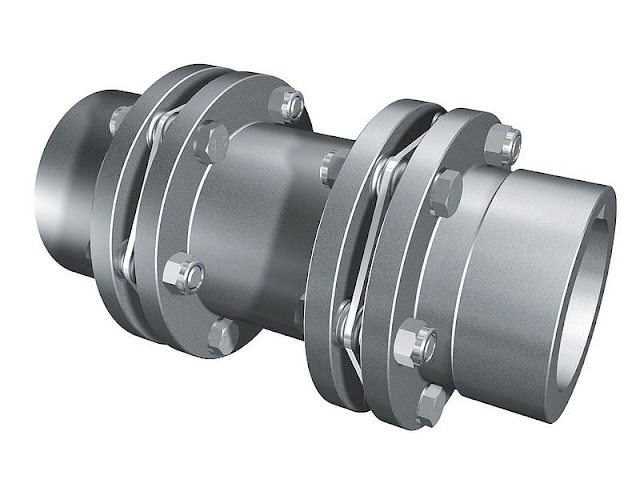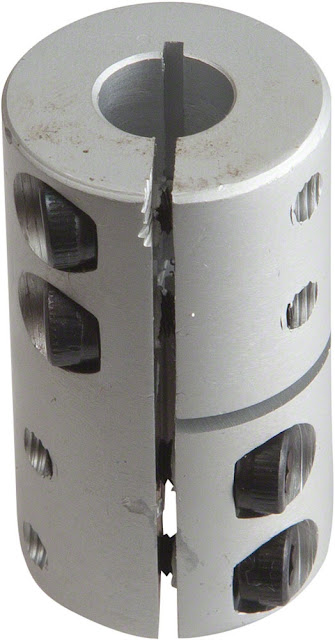Shaft Coupling
Shaft coupling is a mechanical device that is used to connect two shafts of two different equipment for transmit the power and torque. The pump shaft coupling is used with machinery to connect driver and driven equipment and compensate small amounts of misalignment, power and torque transfer.
There are many types of shaft coupling used to connect the shaft, depending upon its features and applications. Generally, two types of shaft coupling are used, flexible coupling and rigid coupling. The rigid coupling allows the same amount of parallel misalignment between both machinery.
Some special types of coupling is also available in market, which is allowed to disconnect both machinery to each other if any abnormality is found during the operations or more torque required to operate, or if both machinery exceed the set limit of the design operating condition, save from any catastrophic failure.
GEUST POST SUBMISSION you can write for us free. and instant will published
American Petroleum Institute (API)
API has a detailed specification about Special-Purpose Couplings use in Refinery Service, and specification should be followed as per API 671 guideline. But in that specification, it did not cover general purpose couplings. API 610 Centrifugal Pumps for General Refinery Service 7th Edition in This specification couplings hub diameter must have a concentric to the bore within 0.003 TIR to aid alignment.
And all coupling couplings balancing requirements specification should be followed as per AGMA 515 class 8, but a new update also available AGMA standard for balancing specification is AGMA-9000, which supersedes AGMA 515.
In the above mentioned standard, it did not explain how couplings work or how to select the best coupling for your application. So a general question coming to your mind, how do we know. Which one is used for general purpose and which one is special purpose applications? The simple answer is that API 610 will be used for general purpose couplings, and API 671 will be used for special purpose couplings.
SPECIAL PURPOSE COUPLINGS
This type of coupling is completely covered in API 671. But has also categorized in to two categories lubricated and non-lubricated. There is some old rotating equipment has still used lubricated couplings. BUT most of new equipment or upgrade equipment operate with a non-lubricated coupling arrangement. Generally, the types are gear coupling (mechanical element) that requires oil or grease lubrication, and metallic element types that require no lubrication.
There are mainly two types of non-lubricated couplings, the diaphragm type and the disc type. For some large equipment, elastomeric element type are used, all will be covered in API 671.
Types of shaft coupling
It is divided into two-part, detailed descriptions is below
- Flexible coupling
- Rigid coupling
Flexible coupling
This type of coupling used to transmit the power and torque from one machine shaft to another machine server, with a little misalignment to each other, or in both shafts, it will also compensate very little angular misalignment approx. 1.5 degree with compensate little vibrations as well.
Follow the link to learn more Flexible coupling

What is rigid type coupling?
Rigid coupling
As a nowadays rigid coupling more used. It is also categorized in two parts, one is metallic type and the other is type Elastomeric.
In Metallic type, the parts are used in little loose fit and in many parts and membranes used in it. Elastomeric parts are used with flexible material like rubber, plastics to transmit the power and torque between metallic hubs.
Follow the link to learn more Rigid coupling


